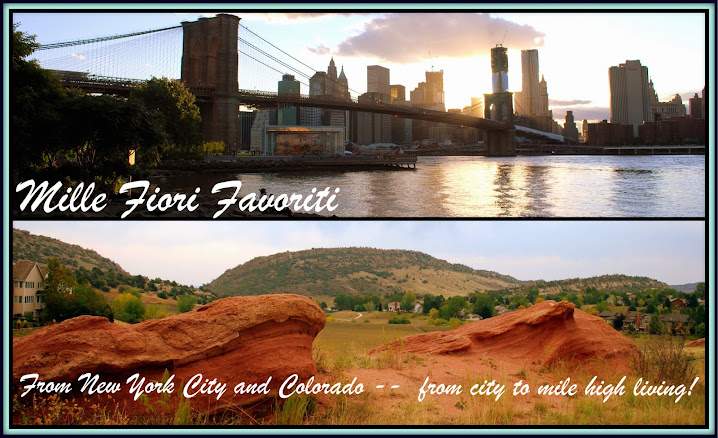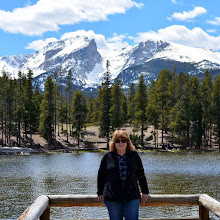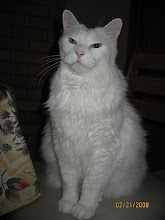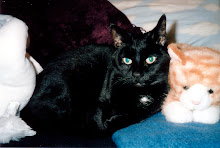If you read my last blog post, you would see that we received almost two feet of snow last weekend, in a typical weather event that we often experience in spring on the Front Range in Colorado. Just four days afterward almost all the snow had melted, except for a few patches here and there that were in the shade. In fact ,the weather was so beautiful that my husband and I decided to take our oldest granddaughter to the Littleton Museum, located at 6028 S. Gallup Street, Littleton Colorado, called one of the top ten local history museums in the United States. There is an exhibit building full of antique memorabilia and historical documents relating to Littleton's past; newspaper clippings, war stories, technological advances and other artifacts, which are fascinating to view, but we wanted to show our granddaughter the two living history farms--one representing 1860, and the other 1890, located on the museums, 39 acres. (All photos in this post will enlarge if clicked on)
She was very excited to be here for her first visit!
As we walked the dirt paths we could see actual farm buildings that were moved from their original locations to be preserved on the museum grounds.
It's interesting to see the assorted buildings and farm equipment on display, and it felt like we were transported back in time
The sheep are an old and rare breed called Navajo-Churro sheep, brought to the southwest by the Spanish in the 1500's. There will soon be a shearing day event to remove their heavy winter wool coats.
There was a nice amount of animals to see as we walked along the paths. Many were relaxing in the shade of their stalls, after having eaten their lunch. Great care has been taken by the museum to ensure that plants and animals are historically accurate for the time period they represent.
One of the most interesting buildings was a "root cellar," used to keep food supplies at a low temperature and steady humidity. It keeps food from freezing in the winter and to keep food cool in summer months to prevent spoilage.
This is Littleton's original one room schoolhouse, circa 1865. What a rustic life children led back then! I think many Americans are familiar with the series of books written by Laura Ingalls Wilder, who was born in 1867, of her life growing up in the midwest during that era, but we learned of another author, Ralph Moody, who spent his early childhood in Littleton, and became the "man of the family" when his father was killed in an accident when Ralph was eleven. Moody wrote a series of books called "Little Britches," in which he describes the ranching and farming life of the early 1900's.
All around the Littleton Museum farms there was plenty to see and do for both children and adults to enjoy!
My granddaughter really liked this whimsical sculpture of a young boy reading a book, that was outside the Littleton Museum's exhibition hall. The book has this beautiful quotation by Helen Keller written on its open page: "The best and most beautiful things in the world can not be seen or even touched. They must be felt with the heart."
There is a delightful little play area inside the museum for children, with a reading nook and books and a replica kitchen with play food, that my granddaughter really enjoyed for quite awhile. However, no photography is allowed inside.
On special days for the museum there are living history interpreters in costumes of the period, who answer questions and share details of early life in Littleton, as well as hands on programs and special events to further enrich the museum experience. The best part of all is that the museum and grounds are free! We know we will be returning often to enjoy the beautiful grounds and to take part in the special events with our grandchildren. It is a true local gem!
I'm linking this post to the following blog events:
Seasons, Amaze Me Monday, Mosaic Monday, Blue Monday, Through My Lens Monday, Life Through the Lens Monday, Mellow Yellow Monday, Inspiration Monday, Good Random Fun, Nature Notes, Grand Social, Our World Tuesday, Ruby Tuesday, You're Gonna Love It Tuesday, Wordless Wednesday, Oh My Heartsie Girl's Wordless Wednesday, Outdoor Wednesday, Warm Heart Wednesday, Share Your Cup Thursday, Thoughts of Home on Thursday, Friday Photo Journal, Skywatch Friday, Friday Features, Share It One More Time, Pink Saturday,Saturday Critters, Camera Critters
Thank you to all the blog hosts!




























